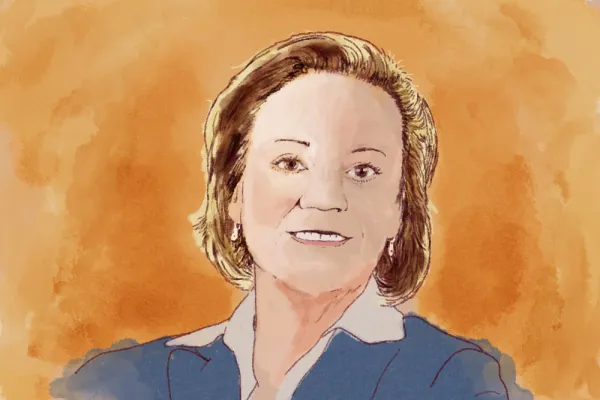Goldman Sachs plans to offer investments once reserved only for the firm’s own capital — such as the global special situations group and growth equity — to outside clients for the first time.
Speaking at Goldman’s Investor Day, Julian Salisbury, global co-head of the merchant banking division, said, “Going forward, we’re excited to open up access to these strategies to external investors through a series of new funds.”
Salisbury, who co-presented with Tim O’Neill, co-head of Goldman’s $1.3 trillion asset management division, stressed that the firm will continue to do proprietary investments. Among other things, balance sheet investments allow the firm to seed and incubate new strategies before raising outside money. As one example, Goldman is currently seeding a new flagship real estate fund.
“Having this balance sheet investing activity also aligns our interests with our clients as we invest alongside them as partners, building trust, which in turn helps drive fundraising. We can provide a broader array of capital solutions to a broader array of companies than would be possible with a fund-only model,” said Salisbury.
[II Deep Dive: Here’s Where Active Management Actually Works]
Goldman has $62 billion of on-balance sheet investments, split approximately equally between equity and credit. Salisbury said consistent yields in the mid- to high-teens in equity and mid- to high single digits for credit investments over the last three years have meaningfully contributed to Goldman’s overall financial performance.
But by offering outside clients access to proprietary investments, the firm said it will use its balance sheet more efficiently and potentially increase its return on equity, an important financial metric, particularly for banks.
“We will continue to actively use our balance sheet, but we will mitigate the more capital intensive activities such as private equity and growth equity into fund format,” said Salisbury.
Over the next five years, the potential impact of the move could result in an increase of $1.6 billion in annual management fees firm-wide and $4 billion in capital reduction. “The net impact will be higher management fees, offset by lower revenue from on-balance sheet investing,” added Salisbury. The impact assumes 2 percent growth in market appreciation, organic growth of $350 billion, and management fees of 32 basis points.
According to Goldman, between 2014 and 2019, the firm has experienced organic growth of actively managed assets (not including money markets) of 22 percent annually, the highest of the top 10 public active managers.







